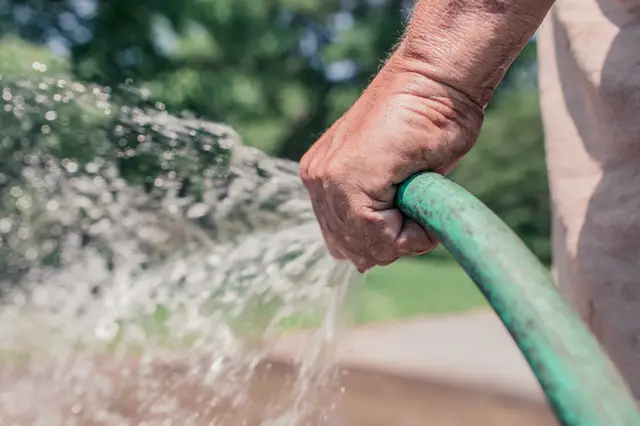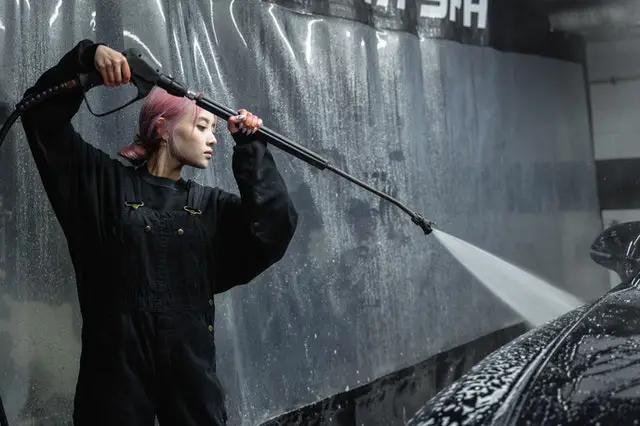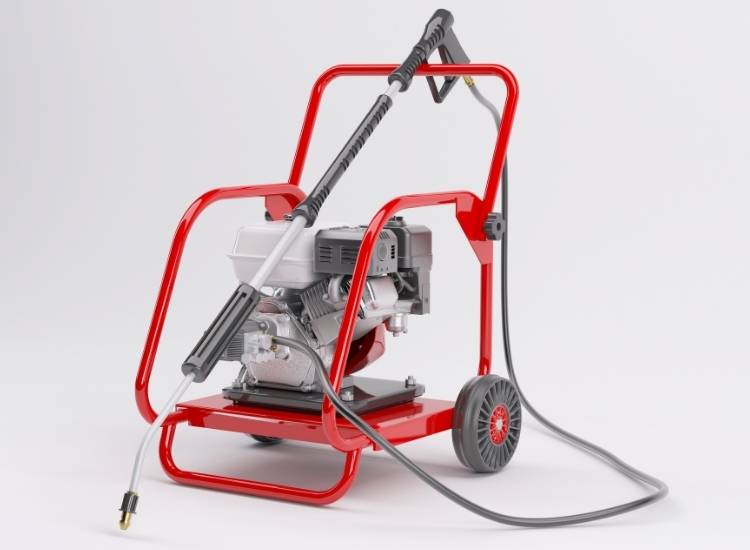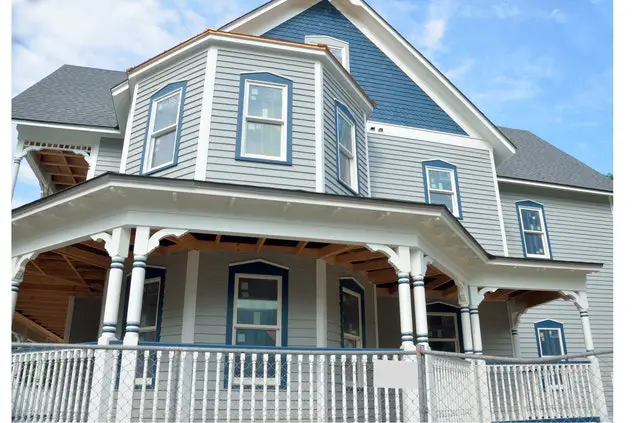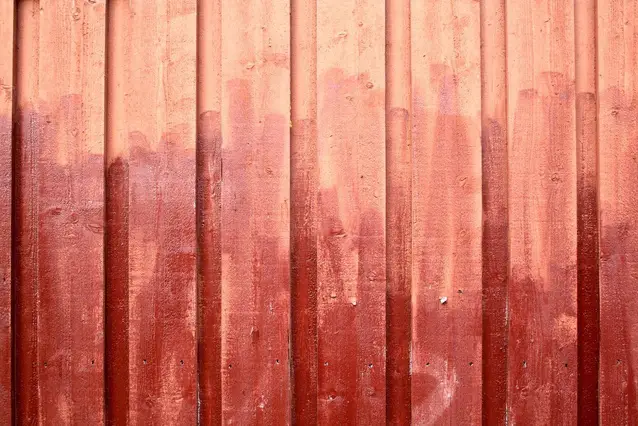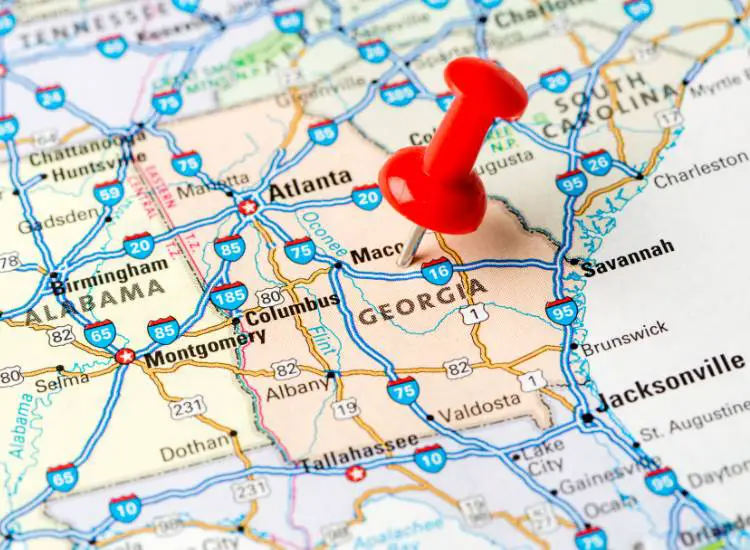Can You Pressure Wash Block Paving?
A pressure washer is the best tool you can use to clean an outdoor living area. This type of machine has enough power to remove dirt, mold, and mildew – without causing any harm to the surface. But can you pressure wash block paving?
The good news is pressure washing block paving is completely safe, if you’re using the right approach. A surface cleaner will get the job done without causing any damage to the block paving. After this, you can touch up the edges with a 15° nozzle attachment.
What is a Surface Cleaner?
Surface cleaners are attachments that get connected directly to a pressure washer wand. The unique design allows you to spray water directly on to a flat surface, without leaving ugly streaks.
There are too many variables when using the standard wand to clean patios and driveways, which is why a surface cleaner is the preferred tool. It’s much more difficult to control the spray pattern with a wand.
You need to hold it at a perfect angle and distance from the surface you are cleaning. This is nearly impossible to do correctly, which is why a wand will create streaks and lines on the block paving. Surface cleaners have small nozzles that spin and create an even spraying path.
Pressure Washer Nozzle Types
0-degree (Red) – This is the most aggressive pressure washer nozzle attachment. It should only be used to clean off tough concrete stains. The red nozzle will cut through wood, home siding and other soft materials.
15-degree (Yellow) – Can be used like a scraper to strip off paint, or grease on hard exterior surfaces. The yellow nozzle can also work to clean second story floors from the ground level, as the water pressure will decrease with distance.
25-degree (Green) – Ideal for cleaning dirt, grime, and mildew on exterior surfaces. The green nozzle is safe enough to clean home siding, sidewalks, and metal furniture. It will deliver plenty of cleaning power without causing any damage.
40-degree (White) – Creates a wide spray that allows you to clean windows, vehicles, and other objects around the home. The white nozzle has more cleaning power than a traditional garden hose but is still safe on those delicate surfaces.
Detergent (Black) – Some pressure washers come with an attached canister that holds soap. The black detergent nozzle has the capability to evenly spread out soap when in use. This is also a low-pressure nozzle and is considered safe.
How to Pressure Wash Block Paving
In order to effectively pressure wash block paving, you will need to follow the steps listed below. The most important thing is to use a surface cleaner attachment on the pressure washer. This will efficiently clean the surface area, without causing any damage to the block paving.
1. Clear the Work Area
Before you begin this outdoor project, it helps to prepare the work area. There might be many objects in your way, especially if you’re pressure washing a block patio or driveway. You will need to move any vehicles, outdoor tools, and lawn furniture. This will help avoid any dirt from landing on these objects during the cleaning process.
Clearing the work area will also help you clean faster. You don’t want to be tripping on toys left outside, or be moving around furniture every five minutes. Working efficiently means taking the time to prepare the job site. It doesn’t matter if you’re cleaning your own house, or you run a pressure washing business. You want to produce lasting results.
2. Remove Surface Dirt
Before using a surface cleaner on the block paving, you will need to remove all of the surface dirt. This includes dirt, leaves, pine needles, and other contaminants that build up on the surface over time. Taking the time to follow this step will make things easier when it comes time to using the pressure washer and surface cleaner.
You can use a broom to sweep up any large debris. Blowing off everything with high amounts of water pressure isn’t always the best idea. This will only send sticks flying through the air. Something like this could easily hit a glass window and ruin your day. That’s why it’s so important to remove these contaminants before moving on.
3. Get a Surface Cleaner
As we briefly touched on above, using a surface cleaner is the most effective way to clean block paving. You can connect this attachment directly to the pressure washer wand. This tool is a great investment and you can pick one up for a couple hundred dollars. It works by utilizing a spinning motion to evenly apply water to the surface.
Begin by focusing on small sections of the block paving at a time. It can be overwhelming if you attempt to clean the entire surface area at once, as you will certainly miss some spots. Work in a grid like patter and follow horizontal and vertical motions. This method will help you clean every square inch, so you won’t miss any spots in the process.
4. Try Using Bleach
Block paving might require a little extra cleaning power if the surface is extremely dirty. This mostly happens in places that are in the shade, because it’s more common for mold and algae to grow in these dark areas. But block paving that has been neglected for years will also be very dirty. Mixing bleach with water can help remove this growth.
Most pressure washers made today come with a built-in soap canister. However, you should avoid putting bleach in here at all costs. Bleach can corrode the internal parts of the machine and cause damage. What you can do instead is downstream the bleach from a bucket, directly out of the pressure washer to keep the machine safe.
5. Finishing Touches
Once you have followed all of the steps listed above, the block paving should be mostly clean. The last step is to clean up and apply the finishing touches. You can now remove the surface cleaner and attach a 15° nozzle to clean up the edges. This attachment will concentrate water on to a small surface area, which is why it works best around the perimeter.
The main idea with this step is to clean up any areas the surface cleaner missed. Even though a surface cleaner is a very useful tool, it isn’t perfect. Due to it’s large circular shape, the device won’t be able to clean around tight edges on your block paving patio, or driveway. You can apply the finishing touches by using a nozzle to remove dirt from these areas.
Final Thoughts
This article began with a simple question: can you pressure wash block paving? You learned that it is possible to effectively clean block paving with a surface cleaner. This attachment will wash the surface evenly and safely, without causing any damage in the process.
The most important thing to remember is that you should never use a nozzle attachment when cleaning this type of material. Flat areas should always be washed with a surface cleaner, or there will be ugly lines and streaks left over. And don’t forget to downstream bleach if you’re working on an area with stubborn mold and algae.
Further Reading
Search Terms
- Can you pressure wash block paving?
- How to pressure wash block paving

